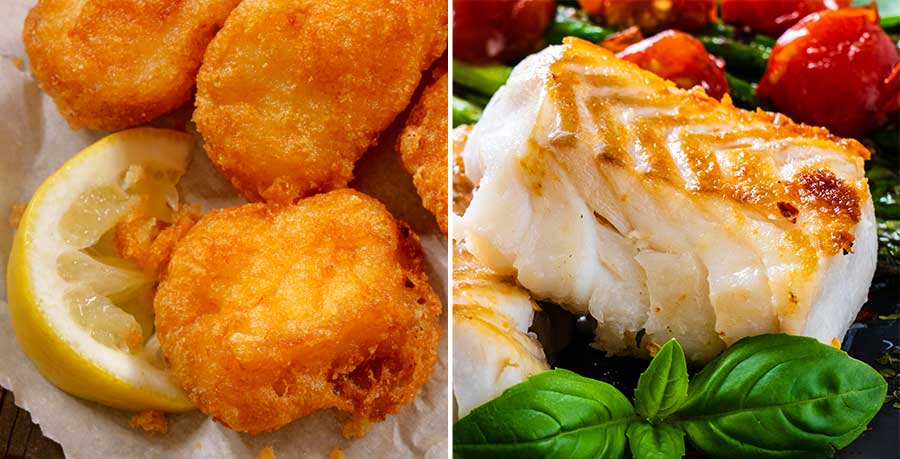For Stroke Prevention, Eat Fish Baked or Broiled
Scientists from Harvard Medical School and Brigham and Women’s Hospital in Boston followed 4,775 people aged 65 and older for 12 years and found that those who ate one to five servings weekly of tuna or other types of baked or broiled fish were 27% less likely to suffer a stroke than those eating these types of fish less than once a month. Five servings weekly reduced stroke risk by 30%.

By contrast, people who ate a lot of fried fish or fish sandwiches (more than once per week) had a 44% higher risk of stroke compared with people eating the fare less than once per month.
Stroke Prevention
What makes baked and broiled fish so healthful – and fried fish and fish sandwiches so troublesome? One key reason is that fried varieties can contain quite a lot of saturated fat, a well-known artery-clogger. One fast food chain’s fish sandwich, for example, has even more saturated fat than the restaurant’s regular hamburger.
For both your brain and your heart, concluded the researchers, forgo fried fish and fish sandwiches. Instead, order broiled, grilled, or baked varieties that are rich in omega 3 fats. Numerous studies have found that omega 3 fatty acids, found in abundance in many types of seafood, make the blood less “sticky,” and, as a result, less likely to form clots, which could lead to both heart attacks and strokes.
There is also growing evidence that omega-3 fatty acids lower blood triglyceride levels, enhance the immune system, decrease inflammation, and play a role in maintaining good blood pressure – all factors that can decrease stroke and heart attack risk.
Seafood varieties that are high to moderately high in omega 3s include herring, salmon, sardines, trout (farmed), mackerel, and tuna. Plant sources that are good sources of omega 3s are walnuts, flaxseed, legumes (black beans, pinto beans, lentils, etc), and tofu.
Try This Baked Fish Recipe
Peaches and fish for dinner? Yes! You’ll love this masterpiece. It’s one of those “eat with your eyes first” dishes that’s so good you’ll want to serve at a dinner party, but so easy – it’s ideal for a weeknight meal
Sources
- * Archives of Internal Medicine, 2005; 165: 200.